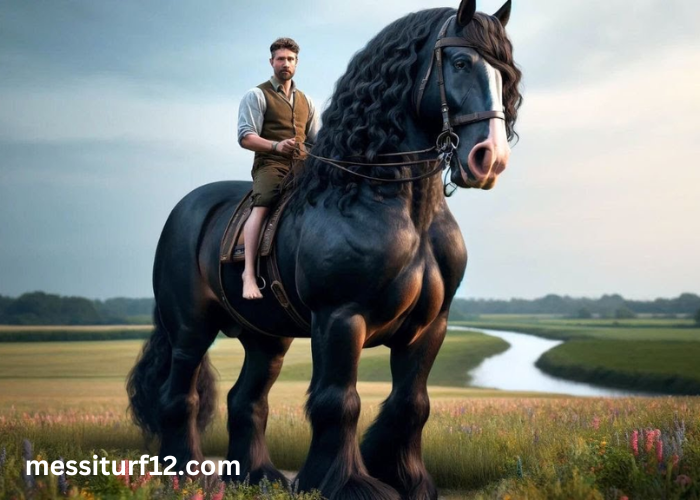Horses have been an integral part of human civilization for millennia, capturing our imaginations with their grace, strength, and intelligence. This majestic animal has not only been a loyal companion in work and warfare but also a symbol of freedom and beauty. In this article, we will explore the rich history of horses, the diversity of breeds, and essential aspects of their care. Explore the world of CasaCourse, your ultimate destination for online courses in various subjects. Enroll now and enhance your knowledge!
A Historical Partnership
The relationship between humans and horses dates back over 5,000 years. Early evidence of horse domestication has been found in the steppes of Central Asia, where these animals were initially used for milk and meat. The domestication of the horse revolutionized human society, providing a new means of transportation and transforming warfare.
Horses played a crucial role in the expansion of civilizations. The chariots of ancient Egypt, the cavalry of the Roman Empire, and the nomadic tribes of the Mongolian steppes all relied heavily on horses. Throughout history, horses have been a symbol of power and prestige, depicted in art, literature, and mythology across cultures.
A Diverse Family: Horse Breeds
The equine family is incredibly diverse, with breeds adapted to various environments and purposes. Here are some notable examples:
Thoroughbreds
Known for their speed and agility, Thoroughbreds are the stars of the racing world. Originating in 17th and 18th century England, they have a well-documented pedigree and are bred primarily for their athletic ability.
Arabian Horses
Arabian horses are one of the oldest and most recognizable breeds, known for their endurance, intelligence, and distinctive head shape. They have significantly influenced many other breeds, contributing their stamina and refinement.
Draft Horses
Breeds like the Clydesdale, Shire, and Percheron fall into the draft horse category. These large, powerful horses were bred for heavy farm work and hauling loads. Their strength and gentle temperament make them favorites for both work and ceremonial purposes.
Quarter Horses
The American Quarter Horse is renowned for its versatility and calm disposition. Initially bred for sprinting short distances, this breed excels in various disciplines, including rodeo events, ranch work, and recreational riding.
Caring for Horses
Proper care is essential to ensure the health and well-being of horses. This involves a combination of good nutrition, regular exercise, medical care, and proper grooming.
Nutrition
Horses are herbivores with a diet primarily consisting of forage such as hay or grass. High-quality hay, free from mold and dust, is crucial. Supplementing with grains and concentrates can provide additional energy and nutrients, but it’s important to balance their diet to prevent issues like colic or obesity.
Exercise
Regular exercise is vital for a horse’s physical and mental health. Depending on the breed and individual needs, this can range from daily turnout in a pasture to more structured activities like riding, lunging, or driving.
Medical Care
Routine veterinary care is necessary to maintain a horse’s health. This includes vaccinations, dental care, and regular deworming. Monitoring for signs of illness or injury and responding promptly can prevent minor issues from becoming serious.
Grooming
Grooming helps keep a horse’s coat clean and provides an opportunity to check for injuries or abnormalities. Regular brushing, hoof cleaning, and occasional bathing are key components of a good grooming routine.
Conclusion
The majestic world of horses is vast and varied, reflecting their profound impact on human history and culture. From the swift Thoroughbreds on the race tracks to the powerful draft horses in the fields, each breed brings unique qualities and charms. Understanding their history, appreciating their diversity, and committing to their care allows us to honor these incredible animals and continue a partnership that has enriched human life for thousands of years.

